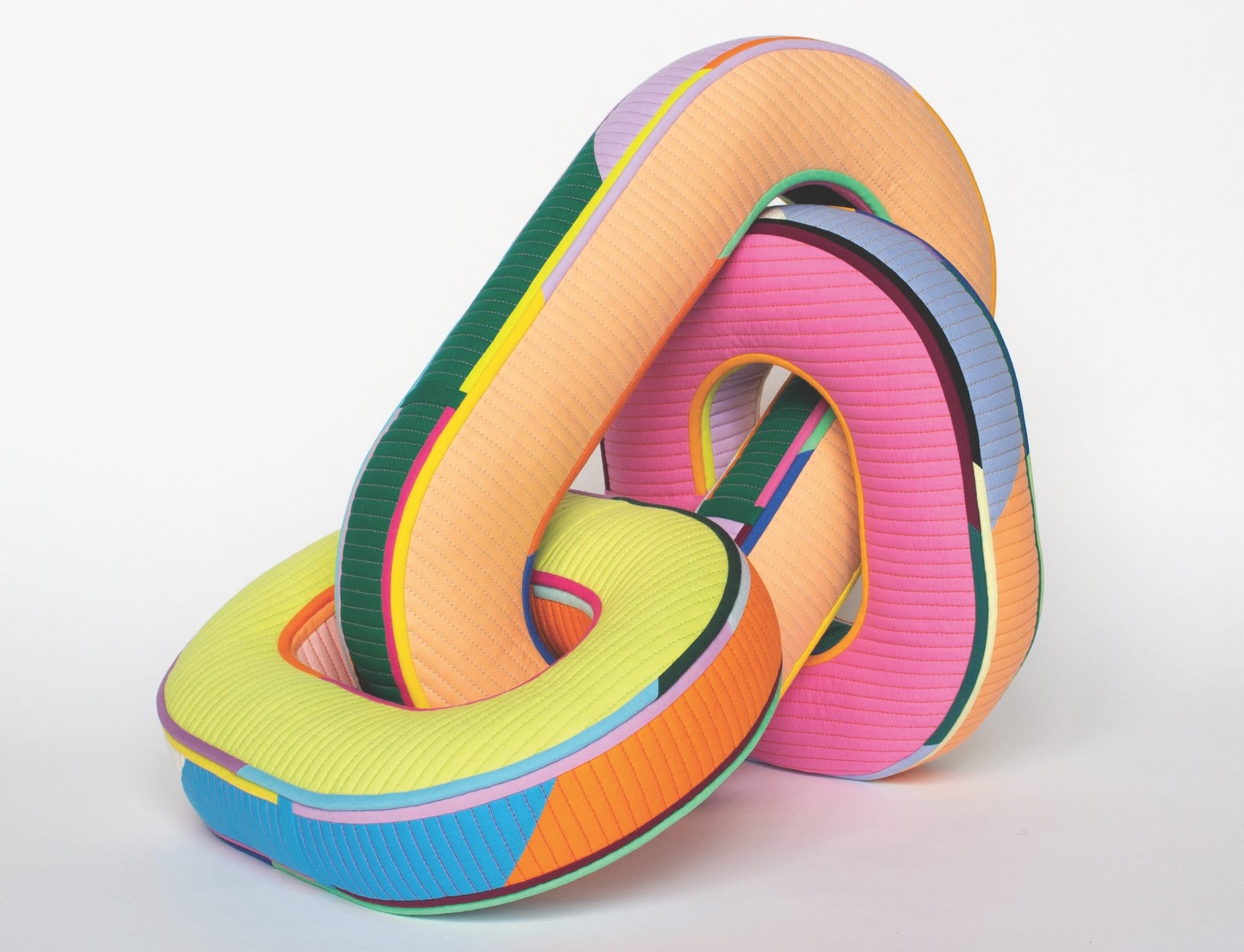The Whole Booke of Psalmes. London: Company of Stationers, 1643. All images courtesy of The Grolier Club, shared with permission
Critics have been lamenting the conformity of contemporary book coves for more than a decade, railing against the same abstract blobs and bland stock imagery gracing many titles. The designs are often chosen for their marketability and ease of mass production, two unavoidable, economic factors in today’s literary landscape.
An exhibition at The Grolier Club in New York, though, veers in the opposite direction, countering the monotonous, machine-printed images we’re all too familiar with for bespoke designs. Titled Judging a Book by its Cover: Bookbindings from the Collections of The Grolier Club, 1470s-2020, the show scans the club’s vast archives to highlight a wide array of elegant, handcrafted designs from the last seven centuries.
Founded in 1884, the organization is the oldest and largest society dedicated to bibliophiles and graphic artists in the U.S. Along with its enormous library of 100,000 titles, the club maintains a network of hundreds of antiquarian collectors, dealers, librarians, printers, binders, designers, and more dedicated to preserving and sharing the art of books and paper.
Josephus. ‘Jewish Antiquities and the Jewish War’ (Latin). Augsburg: Johann Schüssler, 1470. Bound with Eusebius. ‘Ecclesiastical History’ (Latin manuscript). Füssen, 1462.
As the exhibition’s curator H. George Fletcher writes in a statement, The Grolier Club was established under some of the same anxieties about printing practices that many of us are feeling today:
Current productions employed acidic paper with trade bindings reflecting only too well the heavy-handed styles of the era. The treatment of rare books and manuscripts was essentially worse—style overcoming substance, bookblocks encased in straightjackets that discouraged or deterred use of the contents, often unsympathetic décor.
Judging a Book by its Cover highlights some of the more unique editions within the collection. Included is the pigskin- and brass-bound Jewish Antiquities and the Jewish War created for a Benedictine monastery in Bavaria around 1473, making it the oldest in the club’s library. Several other religious texts are on view, like the miniature book of psalms shown above, made by women at the Royal Exchange in London with a variety of silk and gold threads.
Secular works include a delicate cloth volume from May Morris, the daughter of the famed textile designer William Morris. Cloaked in elegant floral embroideries, the green silk book resembles her father’s ornate naturalistic motifs.
If you’re in New York, you can see the hand-crafted designs up close through April 13. Otherwise, check out the online exhibition for a deeper dive into the collection. (via Hyperallergic)
Ernest Lefébure. ‘Embroidery and Lace: Their Manufacture and History from the Remotest Antiquity to the Present Day.’ London: Grevel, 1888.
Bernardino Ridolfi. ‘In funere Caroli III Hispaniarum Regis Catholici oratio habita in sacello pontificio.’ Parma: Giambattista Bodoni, 1789.
Joseph Glanvill. ‘Seasonable Reflections and Discourses in Order to the Conviction, & Cure of the Scoffing, & Infidelity of a Degenerate Age.’ London: Henry Mortlock, 1676.
Book of Hours, Use of Paris (Latin). Paris: Michaël Dauplet, 1673
‘Kalendario Manual y Guia de Forasteros en Madrid para el Año de MDCCLXXXII. Bound with Estado Militar de España Año de 1782.’ Madrid: Imprenta Real de la Gazeta, 1782.
Lynd Ward. ‘Gods’ Man: A Novel in Woodcuts. New York: Cape & Smith, 1929. Lynd Ward. Madman’s Drum: A Novel in Woodcuts.’ New York: Cape & Smith, 1930.
Do stories and artists like this matter to you? Become a Colossal Member today and support independent arts publishing for as little as $5 per month. The article Spanning Seven Centuries, ‘Judging a Book by its Cover’ Celebrates an Enduring Art appeared first on Colossal.


